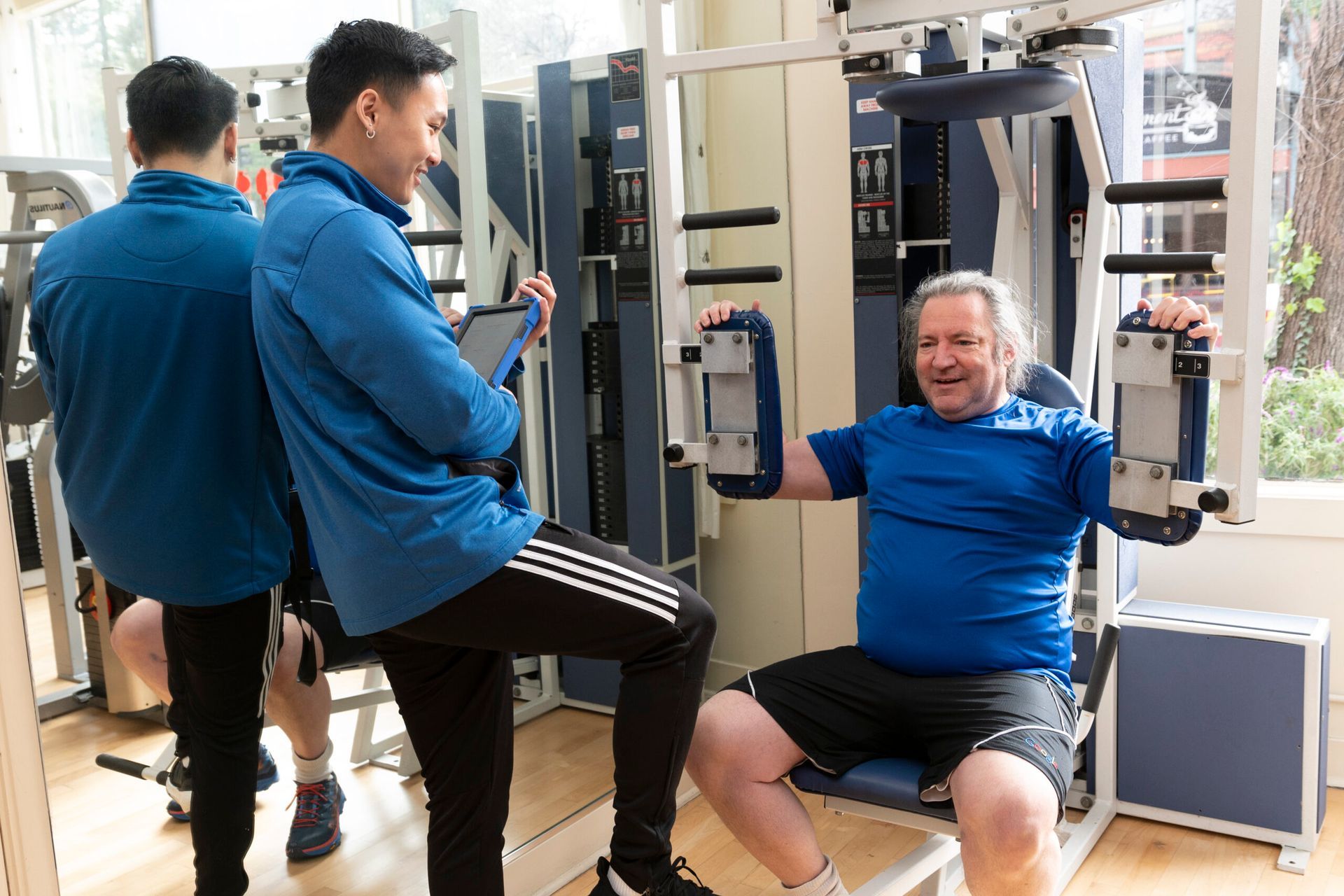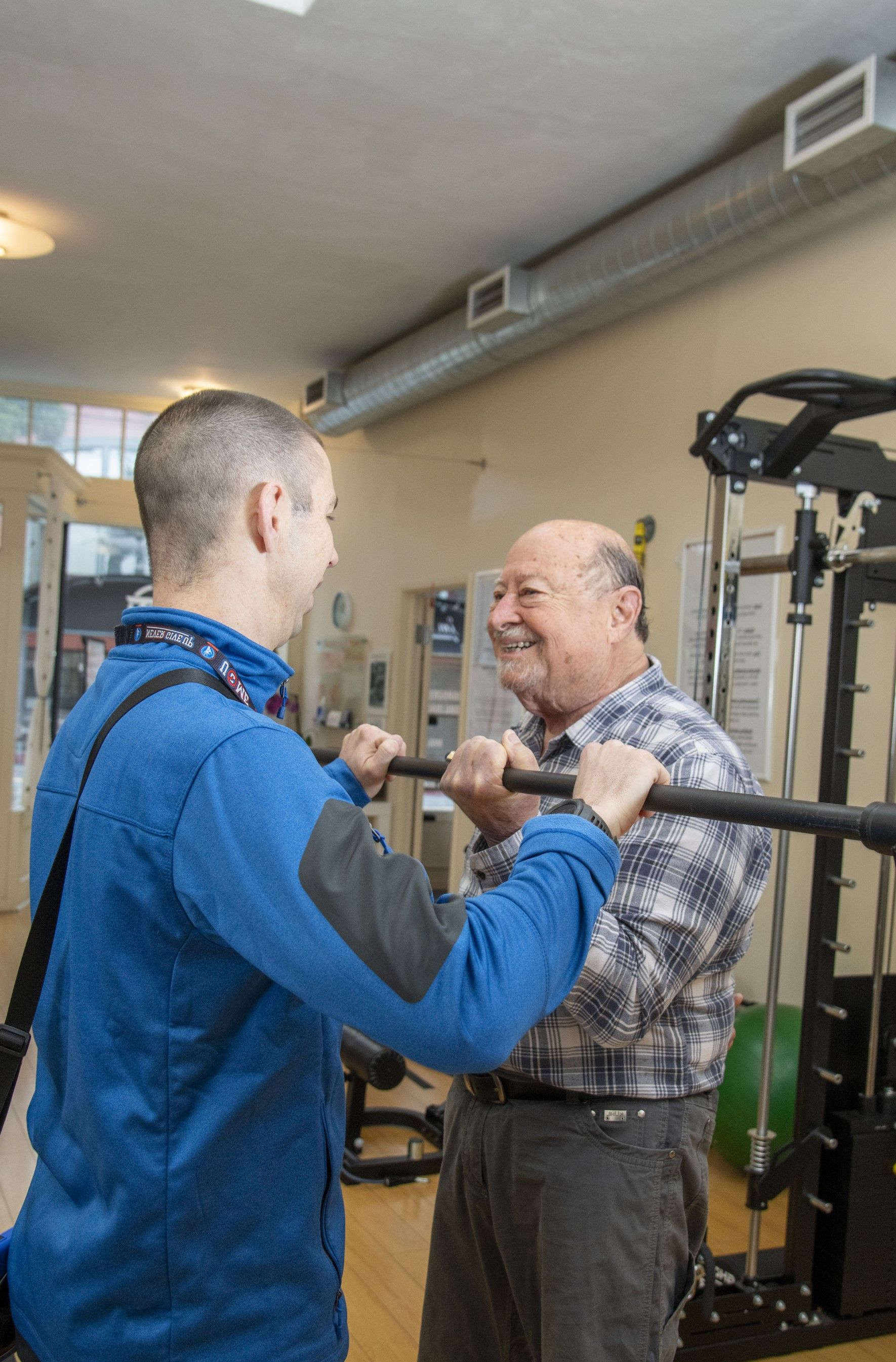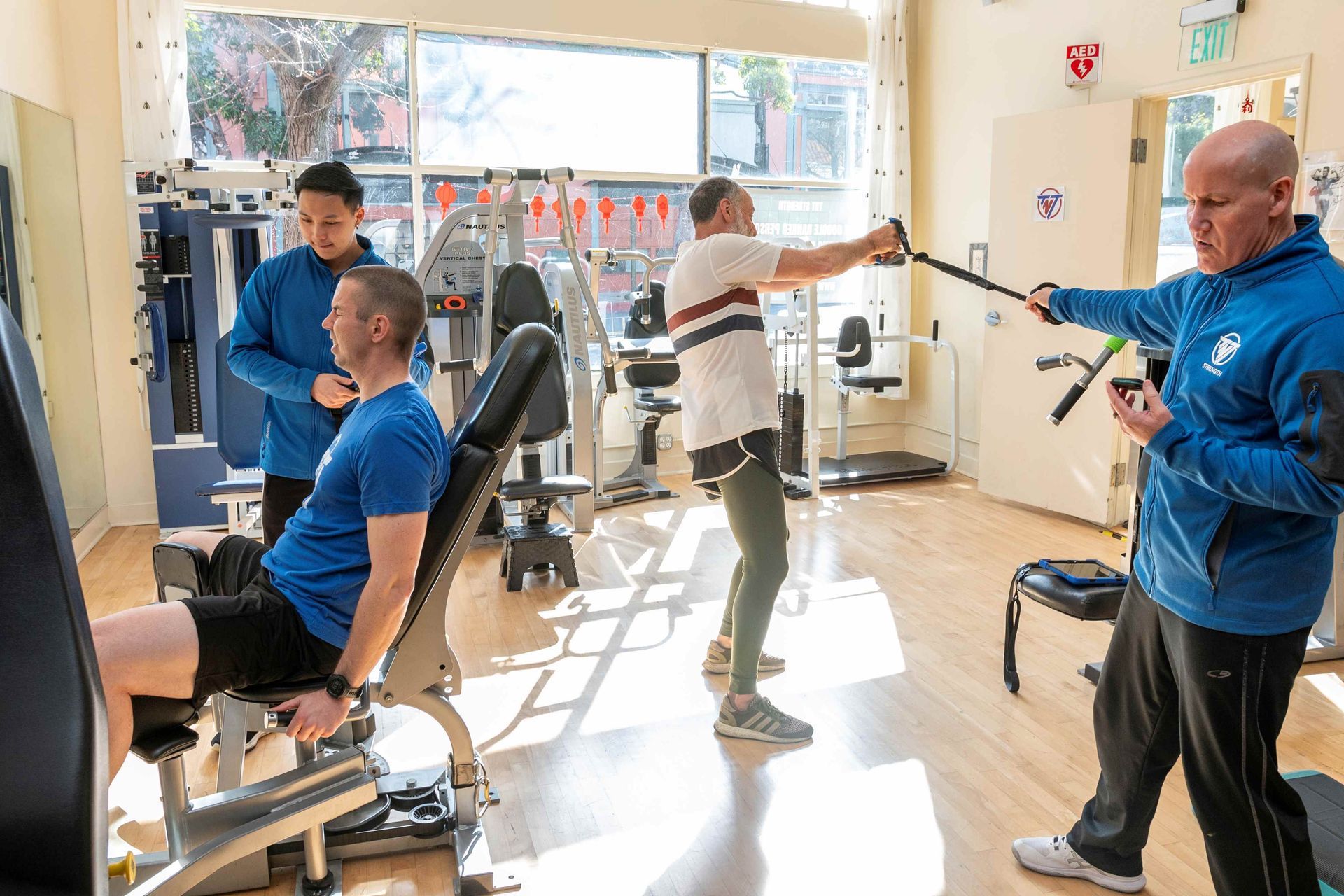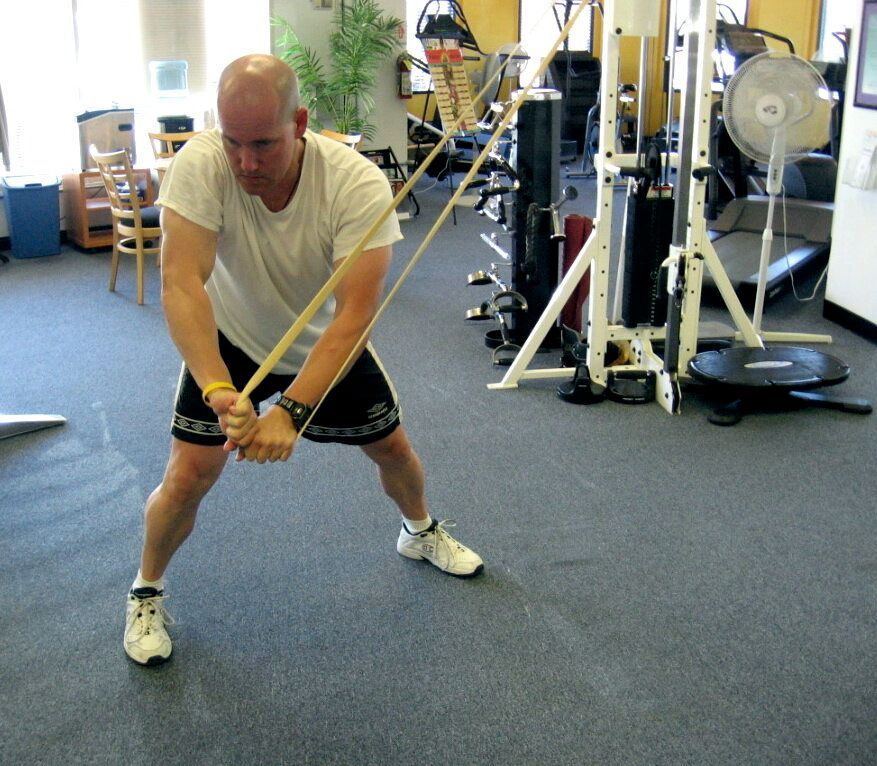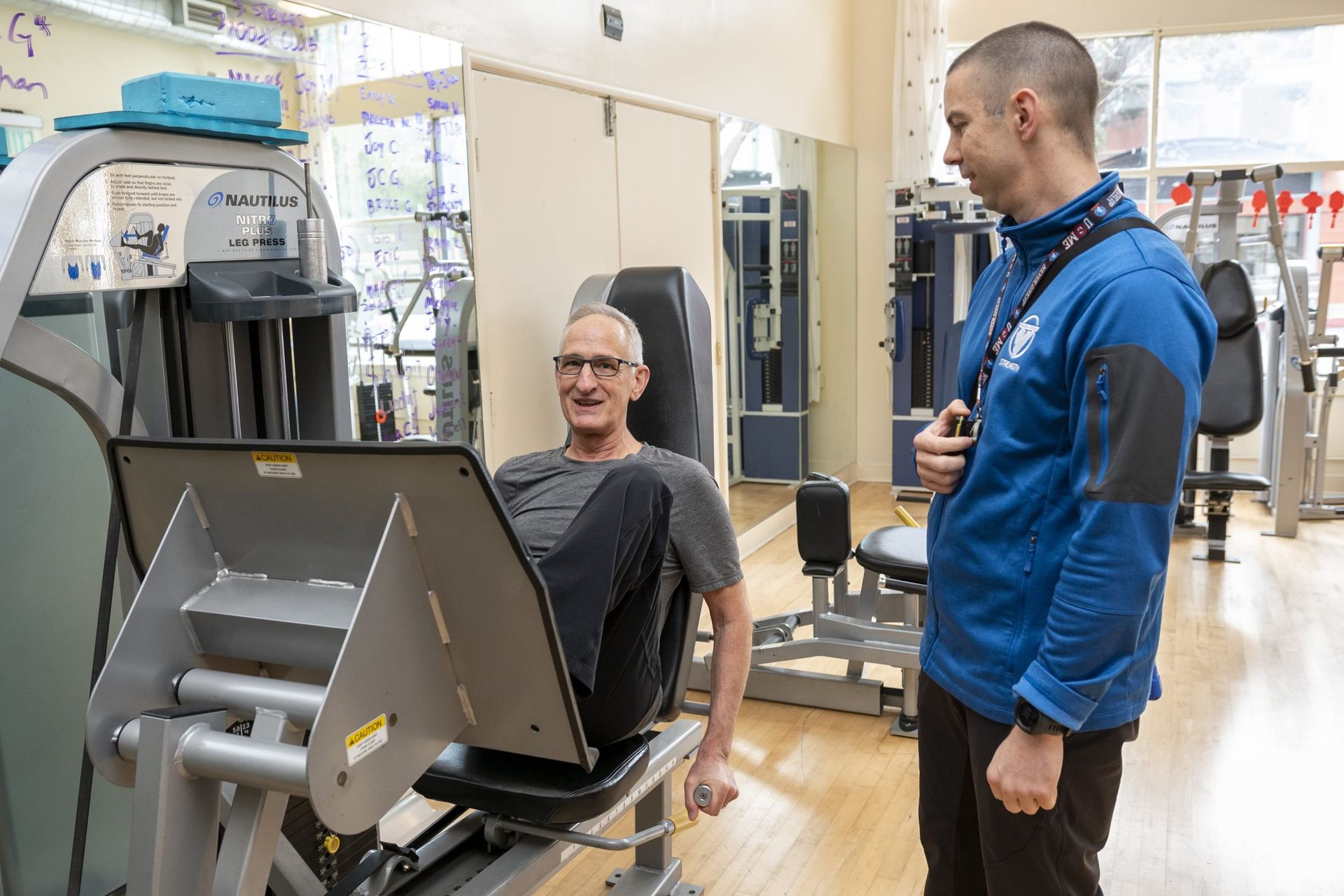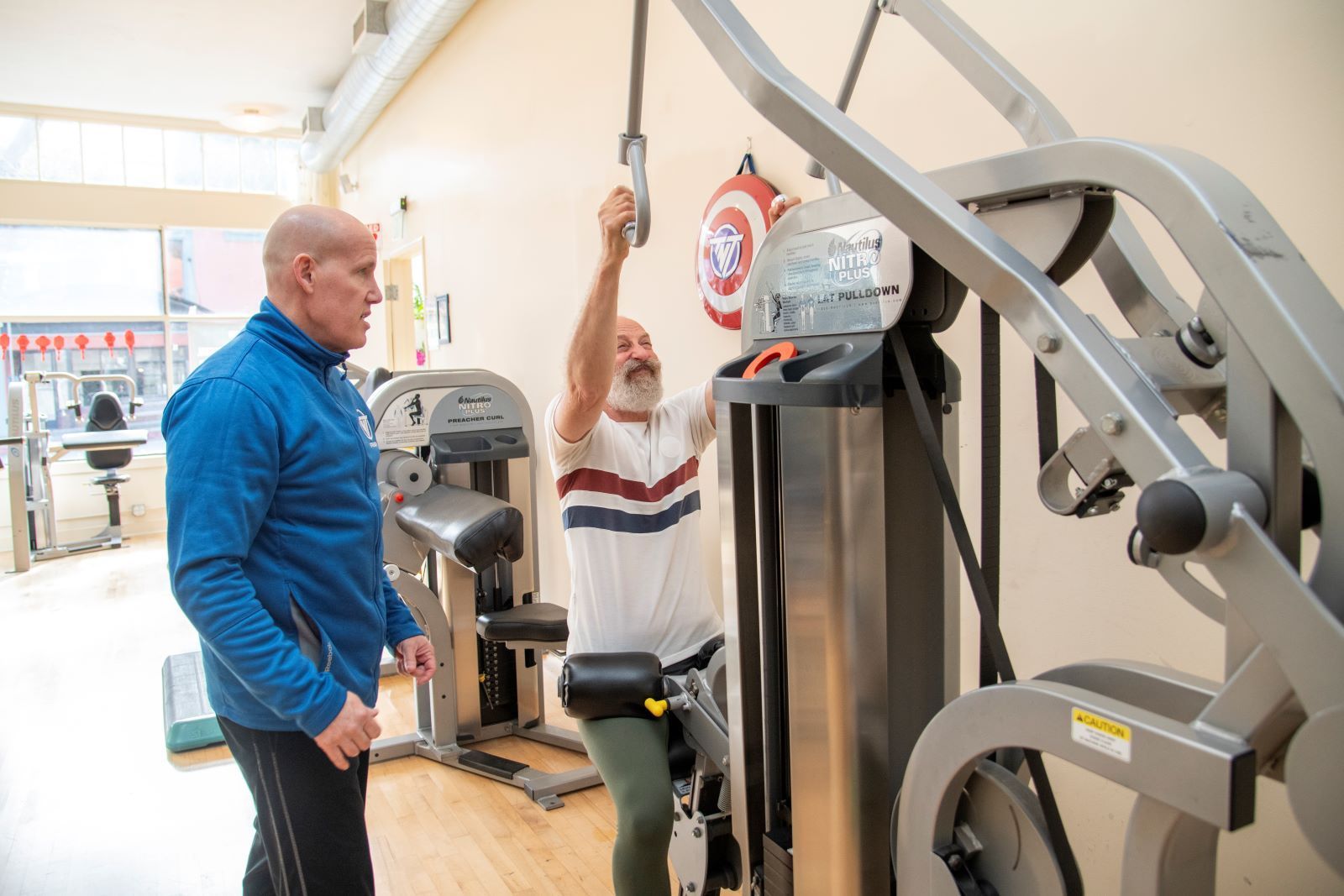FOOD FOR THOUGHT: THE CASE FOR SLOW STRENGTH-TRAINING TECHNIQUE
Slow weight-training technique vs. Fast weight-training technique has become a lively subject of debate among strength and conditioning coaches. My experience as a strength coach and a researcher has put me in the "slow" lane. I believe that slow weight-training technique is both more productive (in terms of improving muscle strength) and less destructive (safer).
Six solid reasons can be offered in support of this hypothesis: Factor One: More Muscle Tension
Slow weight training produces a longer period of continuous muscle tension. First, slow weight lifting provides a longer period of muscle tension during the concentric phase of the movement. Second, slow weight lowering provides a longer period of muscle tension during the eccentric phase of the movement. For example, a fast-paced one-second up and one-second down training cadence requires only 20 seconds of continuous muscle tension to complete 10 repetitions. On the other hand, a slow-paced two seconds up and four seconds down training cadence requires 60 seconds of continuous muscle tension to complete 10 repetitions. Given the same weight-load, both methods accomplish the same amount of work. However, the slow technique demands much more muscle effort--and muscle effort is the key to muscle development. Factor Two: More Muscle Force

Cybex isokinetic evaluations of maximum muscle strength invariably reveal that more muscle force is produced at slow speeds than at fast speeds. There is an inverse relationship between movement speed and muscle force. The maximum muscle force produced at 0 degrees per second is greater than the maximum muscle force produced at 120 degrees per second. Likewise, the maximum muscle force produced at 120 degrees per second is greater than the maximum muscle force produced at 180 degrees per second. Because muscle force decreases as movement speed increases, fast weight training appears to be counterproductive with respect to maximum strength development.
Factor Three: More Muscle Fibers
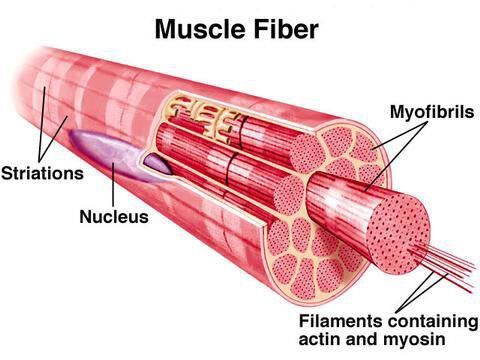
The two basic components of muscle force production are the number of muscle fibers activated and the firing rate of the motor nerve impulses. Muscle force can be increased by activating more muscle fibers, speeding up the firing rate, or both. Because the firing rate of motor nerve impulses at slow speeds isn't as fast as it is at fast speeds, the greater muscle force produced at slow speeds is apparently due to greater recruitment of muscle fibers. It should be noted that the selective recruitment of fast-twitch and slow-twitch muscle fibers does not seem to occur at fast speeds or slow speeds. Research findings by Lesmes, Benham, Costill, and Fink (1983) indicate that both muscle fiber types are actively recruited during maximal muscular contractions, regardless of the movement speed. Although the mechanism isn't fully understood, it is logical to assume that more muscle force can be produced at slow speeds because more muscle fibers can be activated. Factor Four: More Muscle Power

According to the Power Formula, Power is equal to Muscle Force multiplied by the Distance of force application, divided by the Time of force application. Power can be increased by increasing the distance of force application, but strength training has little influence on this factor. The distance of force application can best be increased by better technique, more flexibility, and increased range of movement. Power can be increased by decreasing the time of force application, but strength training has little influence on this factor. The time of force application is basically a matter of nerve-impulse facilitation. In other words, movement speed is largely determined by how efficiently the motor-nerve impulses are transmitted from the central nervous system to the muscle fibers. Power can be increased by increasing the muscle force. Strength training has great influence on this factor. Some coaches believe that fast weight training is more effective for developing power. It isn't. Fast weight training requires relatively light weight-loads, whereas near maximum resistance is essential for maximum force production (Westcott, 1983). One can lift light weight-loads quickly or heavy weight-loads slowly, but one cannot lift heavy loads quickly. Muscle force can be best increased by using relatively heavy weight-loads and slow training technique. Because more muscle force means more muscle power, slow weight training should be the preferred method for improving muscle power.
Factor Five: Less Tissue Trauma

As previously discussed under the power section, speed is essential in any power event such as football. However, almost all power actions are performed with body-weight (jumping, diving, and tackling) or with relatively light implements (e.g. weight of pads & equipment) Power events performed with heavy resistance (e.g., clean and jerk) place great stress on joint structures, thus increasing the risk of tissue trauma. The faster one accelerates an object, the greater the initial stress on the involved tendons, ligaments, and muscle fascia. For example, consider attaching a rope from a tow truck to a disabled car. The faster the tow truck accelerates, the greater the stress on the connecting rope and the greater the probability of breaking the rope. Similarly, the faster one decelerates an object, the greater the terminal stress on the involved tendons, ligaments, and muscle fascia. For example, the faster the speed of the tow truck, the greater the difficulty of controlling the disabled car upon stopping quickly. Slow lifting movements accomplish the same amount of work as fast lifting movements by means of continuous and controlled force application. However, slow weight training produces less tissue trauma at the start and finish of the exercise movement and is therefore less likely to produce training injuries. For this reason alone, slow weight training should be the preferred technique for athletic conditioning programs.
Factor Six: Less Momentum

Momentum plays a part in virtually all weight training exercises. The faster the lifting movement, the more momentum that is developed. The slower the lifting movement, the less momentum that is developed. It is important to understand that as the momentum component increases, the muscle force component decreases. By developing momentum, one can lift heavier weight-loads with less sustained muscle effort. There are many means of developing momentum. The most common technique involves the use of assisting muscle groups to begin the lifting movement. Example: using back muscles and trunk movement to initiate barbell curls. Although heavier weight-loads can be used, the target muscle group (biceps) actually receives less training stimulus due to the momentum factor. Another example of momentum-assisted weight lifting is bouncing the bar off the chest during the bench press exercise. In addition to the high injury potential, this careless use of momentum reduces the training effect on the target muscle groups (chest, shoulders, triceps). While momentum certainly has its place in sporting events, it should play a minor role in weight training programs. Momentum-assisted lifting gives the appearance of greater muscle strength, but
it actually decreases demands on the target muscle groups and increases stress on the joint structures.

References:
Lesmes, G. R., D. W. Benham, D. L. Costill, and W. J. Fink. (1983). Glycogen utilization in fast and slow twitch muscle fibers during maximal isokinetic exercise. Annals of Sports Medicine 1: 105-108. Westcott, L. (1983). Strength Fitness: Physiological Principles and Training Techniques. Boston: Allyn and Bacon.
TAKU’s NOTE: This week I offer yet another excellent article from my friend and mentor Dr Wayne Westcott .
Experience the TNT Strength difference with a free workout.
START YOUR FITNESS TRANSFORMATION WITH A
FREE WORKOUT
Complete the form and we'll set up an appointment for you.
Recent Articles
